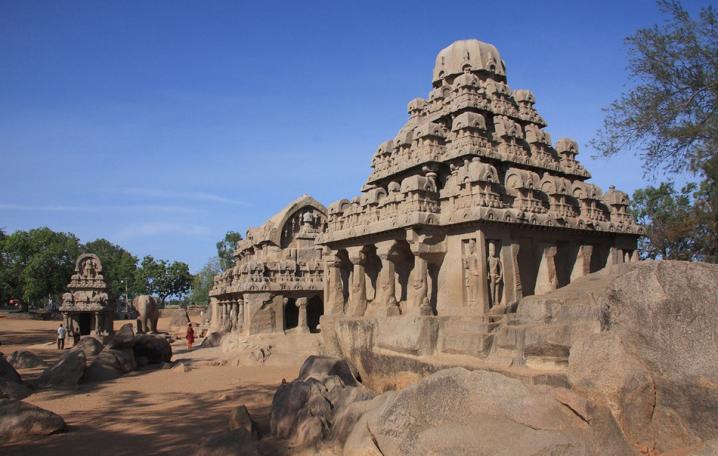A Study on Culture of Ancient India

The Indian Culture is the heritage of belief system , technologies, values, language, social norms and traditions which had originated from India .
India has always been diverse in terms of culture , this is so because of many invasions and different rulers having influence over the Indian-subcontinent. After each invasion or change in power, new kingdoms brought in their respective cultures which added itself to the Indian culture. We can say each and every religion, kingdom and person has some or the other in making India’s culture as diverse as it is today.
India has different dances, languages, religions, dance, music, food, architecture and rituals in nearly every region of the country. Rice cultivation was brought to India from South East Asia through the north-eastern entry of India. Now rice cultivation is a major part of Indian agriculture.
Sanskrit and Pali were the originally spoken languages in India; later other languages such as Hindi, Urdu, and English came to use after foreign invasions or the development of the manuscript; for example, the Devanagari script.
Culture of Ancient India
Religion
India had Hinduism, Jainism and Buddhism as the religions which had originally been developed from scratch in India around 500 to 400 BCE
These Indian-Origin religions are all based on the simple concepts of Dharma and Karma. Dharma refers to your ideologies and Karma refers to the work you put in
In the years to come after the Muslim invasions of India and the rise of the Delhi sultanate Islam also prospered in India
Christianity was also made an important part of the religions in India after the arrival of the British and their colonisation of India
Other religions such as Sikhism, Zoroastrianism and Judaism also spread in the country.
Philosophy
Indian philosophy had an early origin
There were six schools for Hindu philosophical preaching. Nyaya, Vaisheshika, Samkhya, Yoga, Mimamsa and Vedanta were the six main schools of Hindu philosophy
Apart from these 6 schools, there were Ajivika for Jains and Carvaka for the Buddhists
The formal working of these schools started from 1000-500 BCE. Many of these schools survived till the 20th century by providing knowledge to people but unfortunately, some of the schools have already become extinct with time
The highest levels of competition between the schools were observed from 800 CE to 200 CE
Scriptures
Indian culture is very rich in terms of scriptures. It has one of the oldest scriptures in the world known as ‘Vedas’
The Vedas are the earliest known scripture in Hinduism and it was written in Sanskrit. The Vedas had 4 main divisions
Rig Veda
Yajur Veda
Atharva Veda
Sama Veda
Apart from the Vedas, there were the Upanishads and Puranas which had very genuine information about human life and the religion itself
The religious book of Bhagwat Gita was also written here.
Legendary epics such as The Ramayana (500 BCE – 200 BCE) and The Mahabharata (about the Kurukshetra war which is believed to have taken place in 3000 BC) were also written in India
Tradition and Cultural Values
India can be called a country which is still connected to its root traditions. There is a good point and also a bad point to it
Firstly the bad point is that there is discrimination based on social status. It was observed in ancient times that divisions in the society were made based on caste and somehow it is still prevailing in limited amounts
On the brighter side, Indian cultural values are still intact as children still respect their parents and treat them next to god
Indians always join their hands and bend down to say ‘Namaste’ in order to respect a guest or a person as a greeting
We can say that Indian culture and tradition actually go hand in hand with Indian cultural values.
Conclusion
India undoubtedly has a great history and the Indian cultural values along with the Indian culture and tradition make India’s past very rich. If we can utilize the good points in the country’s history we can again become the great country we once were.





